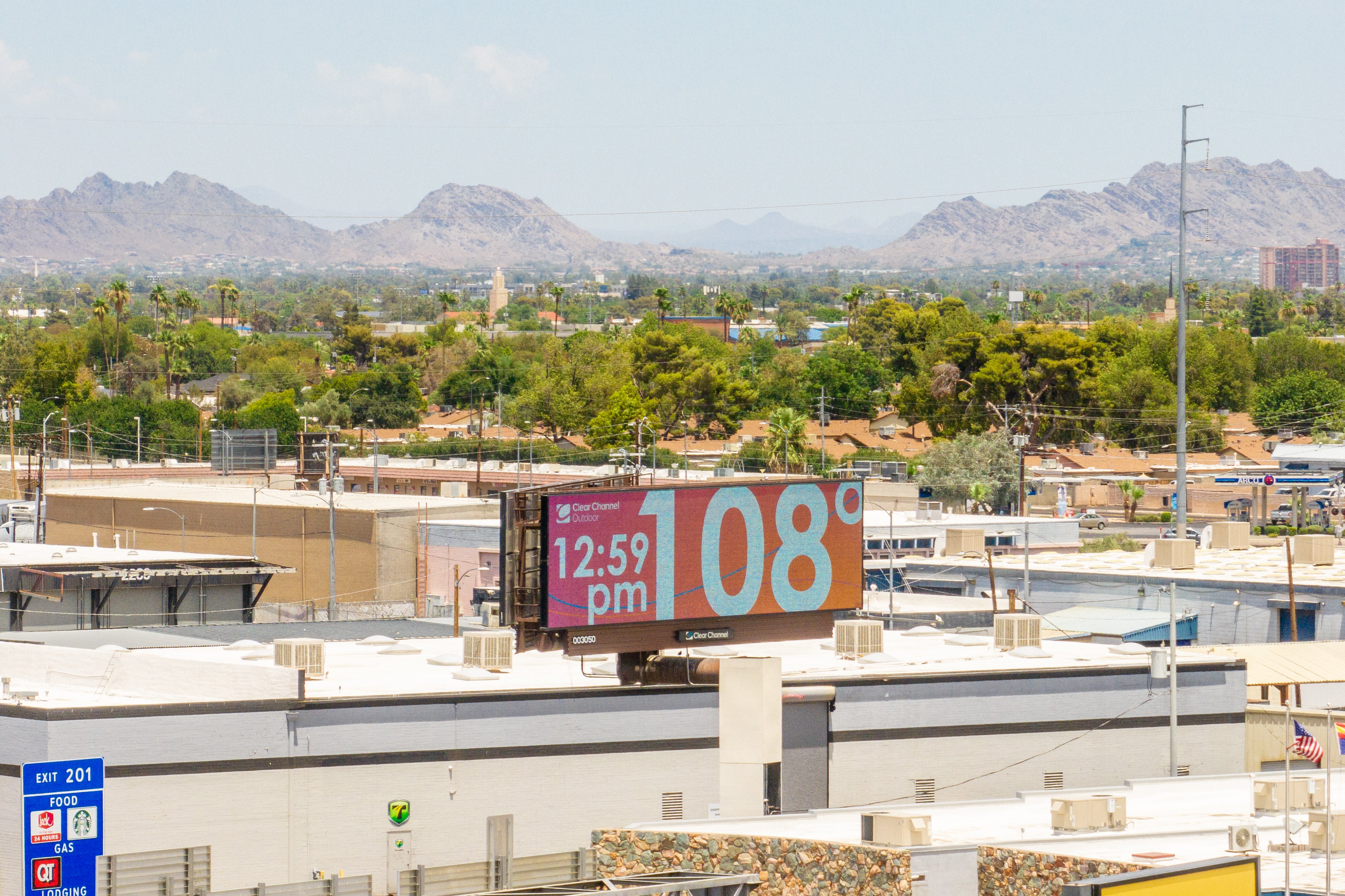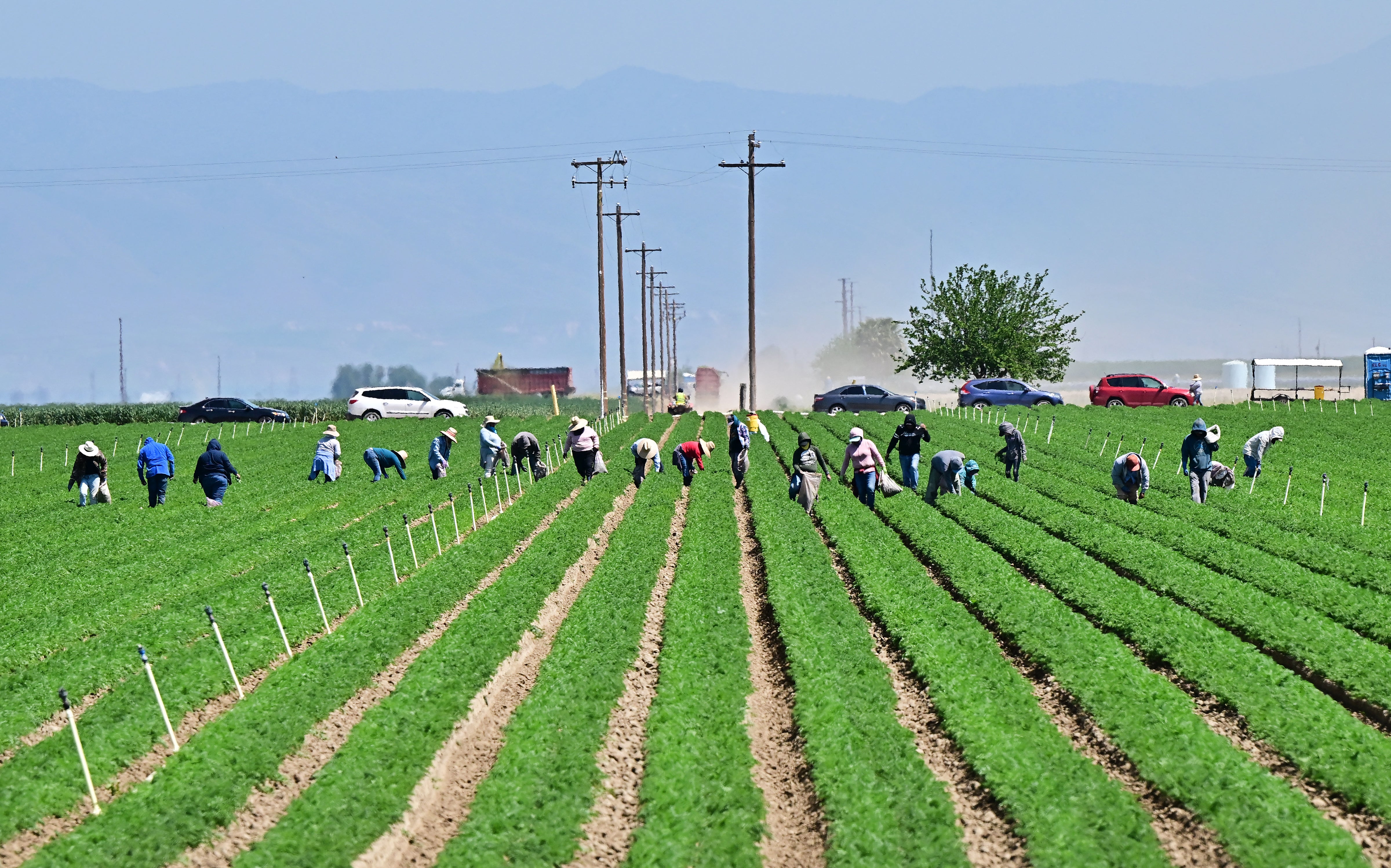You might be breathing polluted air right now — nearly half of Americans are
Climate-driven wildfires and other emissions are putting the health of than 156 million Americans at risk

Nearly half of Americans are living in places that get failing grades for unhealthy levels of ozone or particle pollution, researchers revealed this week.
Ozone is a gas that can irritate the respiratory system, and particle pollution from wildfire smoke and burning fossil fuels can result in cardiac arrest and has ties to dementia. Exposure to both forms of pollution is linked to premature death.
The findings from the American Lung Association have emerged after decades of successful efforts to reduce air pollution and in the throes of the ongoing climate crisis, which the group noted is now making cleaning air far more difficult.
“Increases in high ozone days and spikes in particle pollution related to extreme heat, drought and wildfires are putting millions of people at risk and adding challenges to the work that states and cities are doing across the nation to clean up air pollution,” the association warned.

The “State of the Air” report’s conclusions also spotlight a startling increase: Nearly 25 million more people are breathing unhealthy air compared with last year’s report. That uptick is more than in any report over the past decade.
There was also another surprise. Following years of reporting that the worst problems were increasingly in the West, the association found that the geographic distribution of air pollution is shifting toward the eastern U.S.
“The year 2023, which is included in this year’s report for the first time, brought improved conditions to the West Coast but also a deadly heat wave in Texas and an unprecedented blanket of smoke from wildfires in Canada that drove levels of ozone and particle pollution in dozens of central and eastern states higher than they have been in many years,” the report’s authors said.

California cities, however, still led the nation in air pollution.
Fire-riddled Los Angeles topped the list for ozone pollution, and the southern central California city of Bakersfield was the worst for both short-term and year-round particle pollution. These are the dangerous titles the cities have held for several consecutive years.
The American Lung Association’s “State of the Air” report, however, noted that residents of the City of Angels were exposed to an average of 77 fewer days with unhealthy levels of ozone than they were in 2000.
Unfortunately, the burden is also disproportionately impacting communities of color, who are also more likely to be living with chronic conditions that make them more susceptible to the effects of air pollution. For example, Hispanic Americans are almost three times as likely as white Americans to live in a community with three failing grades. Grades are assigned for both daily and long-term measures of particle and ozone pollution.

As increases in high ozone days and particle pollution related to wildfires, drought and extreme heat continue, the association says more people are at risk. It noted that sweeping staff cuts at the Trump administration’s Environmental Protection Agency and steps to deregulate pollution could further reverse course. So could ramping up the production of polluting fossil fuels.
“Sweeping staff cuts and reduction of federal funding are stymying the agency’s ability to ensure that people have clean air to breathe. This year’s ‘State of the Air’ focuses on an overarching clarion call to people nationwide: support and defend EPA,” the report said.
“Efforts to slash staff, funding and programs at EPA are leaving families even more vulnerable to harmful air pollution. We need to protect EPA,” American Lung Association CEO Harold Wimmer said.
Join our commenting forum
Join thought-provoking conversations, follow other Independent readers and see their replies
Comments